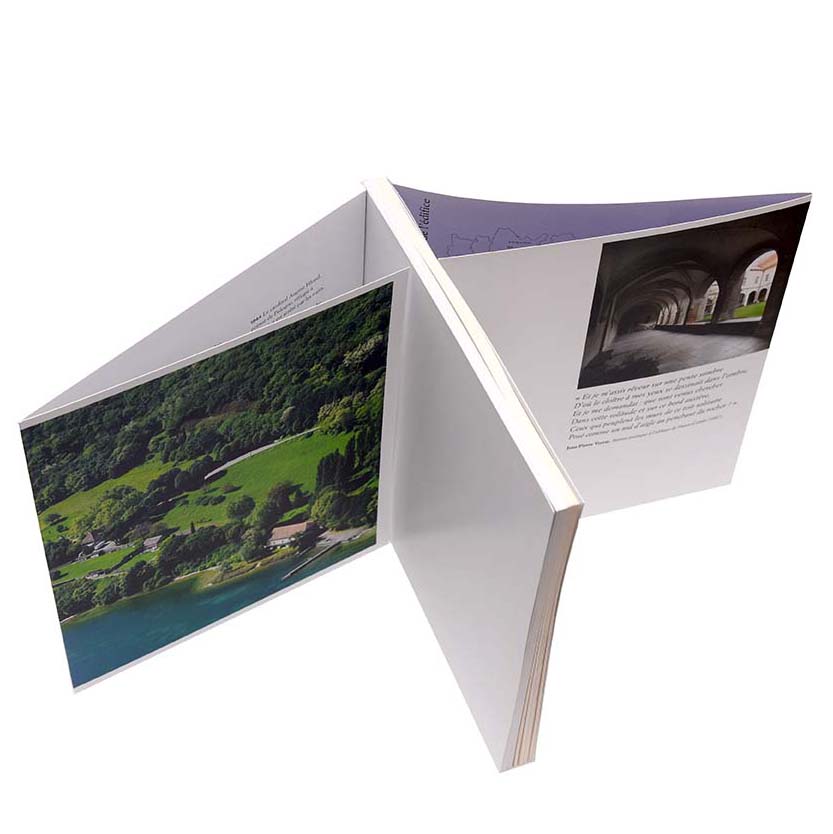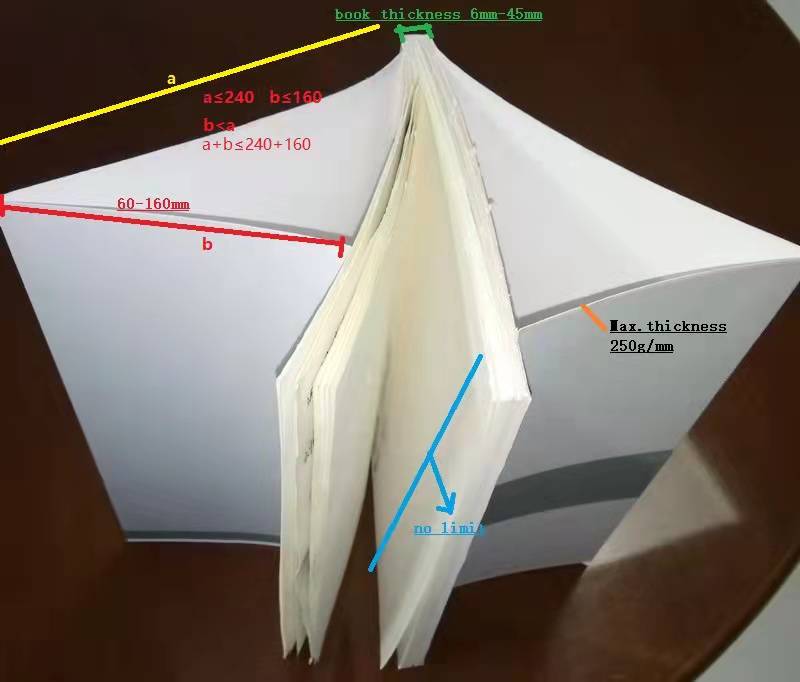For any creator who is serious about their craft, the question is not whether you can afford to add French folds, but whether you can afford not to.
|
Imagine the typical life of a paperback book. It's tossed in a bag, squeezed onto a crowded bookshelf, and passed between friends. The result is often predictable: bent corners, a creased spine, and a general look of being "well-loved," which is a polite term for worn out. For authors and publishers who pour their hearts into creating timeless content, this rapid physical deterioration can be disheartening. There is, however, a powerful and elegant solution to this problem: incorporating French folds into your cover design. This premium feature, also known as gatefold covers, does more than just add a touch of class; it fundamentally enhances the book's durability, ensuring it remains in pristine condition for far longer. The durability debate between a standard paperback and a premium paperback with cover flaps is a short one. A standard softcover consists of a single layer of cardstock. While functional, its edges are vulnerable points, prone to bending and fraying. French folds immediately solve this by creating a double layer of cardstock along the most vulnerable edge of the cover. This reinforcement makes the cover significantly more rigid and resistant to the bending and dog-earing that plagues ordinary paperbacks. The book feels more substantial in the reader's hands, a tactile cue that communicates quality and permanence. This added strength is not just for the reader's benefit; it also protects the book during shipping and warehousing. Fewer damaged copies mean fewer returns and a more profitable venture for the publisher. The flaps also serve as a protective shield for the text block itself, preventing the corners of the pages from being accidentally folded or damaged.  The unsung hero behind this enhanced durability and flawless presentation is a highly specialized piece of printing technology: the book flapping machine. The elegance of a finished gatefold cover belies the precision required in its manufacturing. A human hand could never consistently produce the perfectly straight, uniformly creased folds required for a professional print run. The book flapping machine is designed specifically for this task. It takes the oversized, printed cover and, using a combination of precise guides and mechanical presses, creates a perfect score line before folding the flap inward. This automation guarantees that the flap on the first book of the print run is identical to the last. This level of consistency is simply unattainable through manual means or with less sophisticated equipment. This is why on-demand printing services, which prioritize speed and standardization over custom features, typically do not offer French folds. The investment in and mastery of a book flapping machine is a key differentiator for high-quality, custom book printers.  Beyond its structural advantages, a paperback with gatefold covers becomes a far richer canvas for creativity. The additional panels provided by the cover flaps are a designer's dream, offering a solution to the perennial problem of limited space. The main front cover can be reserved for its primary purpose: to grab attention with stunning artwork and a clear, compelling title. All the supplementary—but still vital—information can be moved to the flaps. The inside front flap becomes the ideal stage for a detailed synopsis that draws the reader into the story, or for an engaging author biography that builds a personal connection. Imagine using this space for a "letter to the reader" or a small map in a fantasy novel. The back flap can be used for glowing testimonials, a list of other publications, or even a QR code linking to bonus online content. This strategic placement of information creates a cleaner, more impactful primary cover and a richer, more interactive experience for the reader as they explore the book's packaging.  Ultimately, the decision to invest in French folds is a decision to invest in the reader's experience. A book is more than just the words on the page; it is a physical object that people interact with. A book with cover flaps feels better to hold, is more convenient to use (thanks to the built-in bookmark), and offers more content to discover. It transforms the simple act of opening a book into a small moment of delight. This enhanced experience communicates respect for both the content and the reader. It tells the reader that this book is something special, a product created with care and an eye for quality. In a saturated market, these small details are what foster brand loyalty and turn a one-time buyer into a lifelong fan. For any creator who is serious about their craft, the question is not whether you can afford to add French folds, but whether you can afford not to. |
| Tag:French Folds,paperback book,cover flaps,book flapping machine,gatefold cover |
Please Leave Your Messenger Here!
We will do our best to make your business prosperous!




